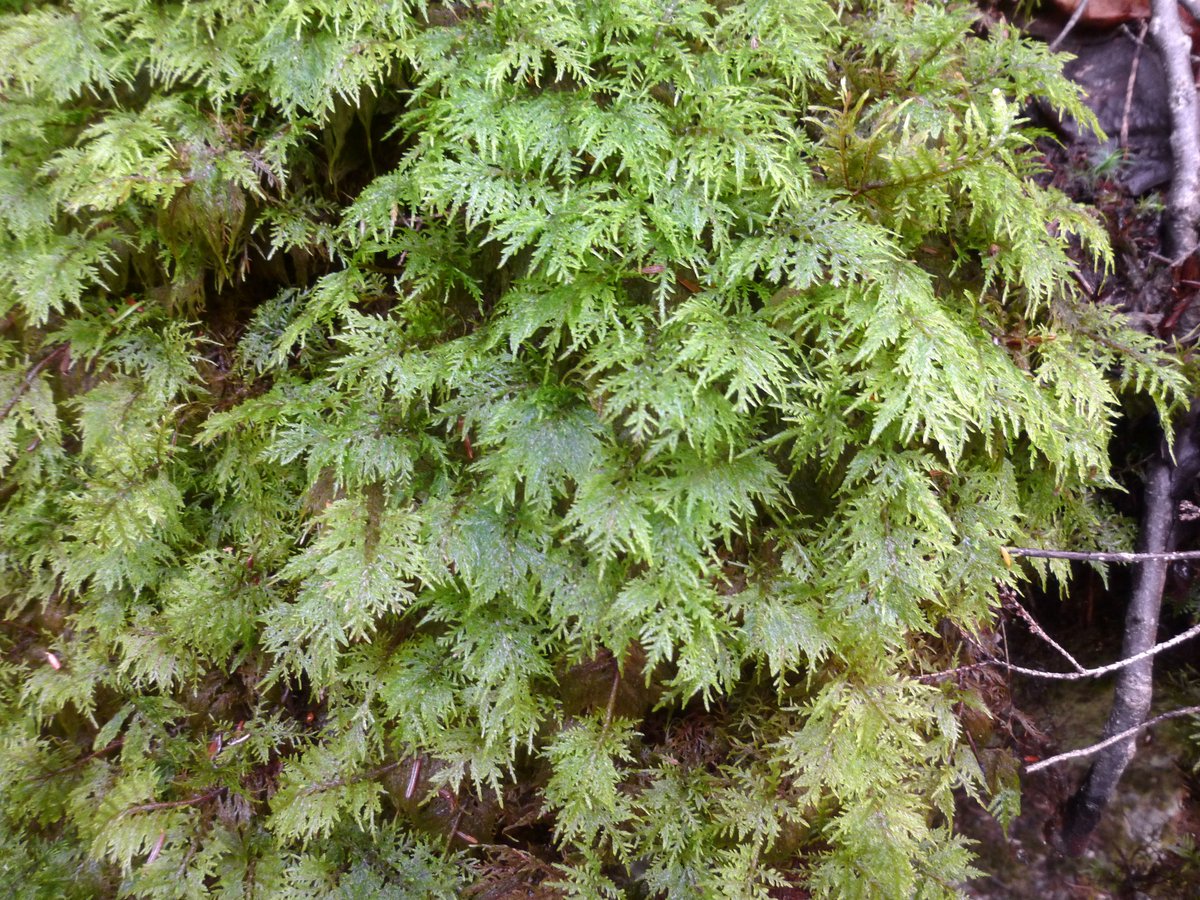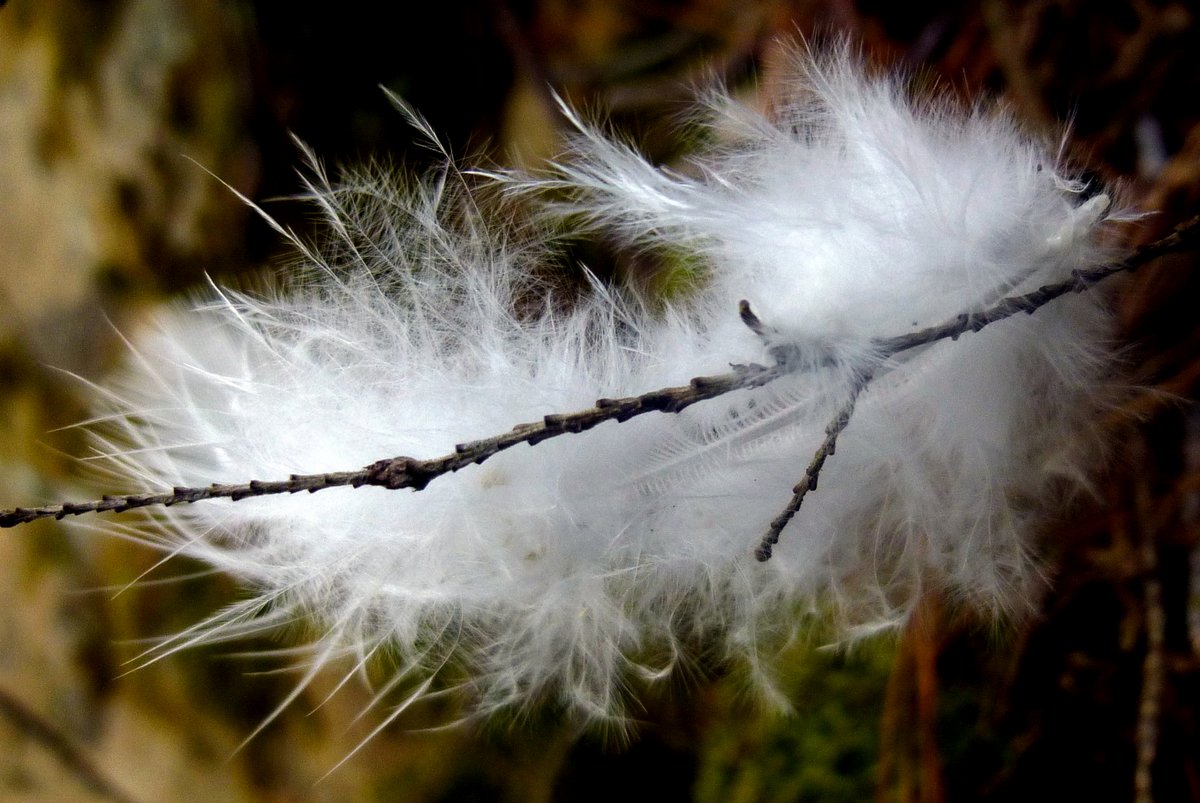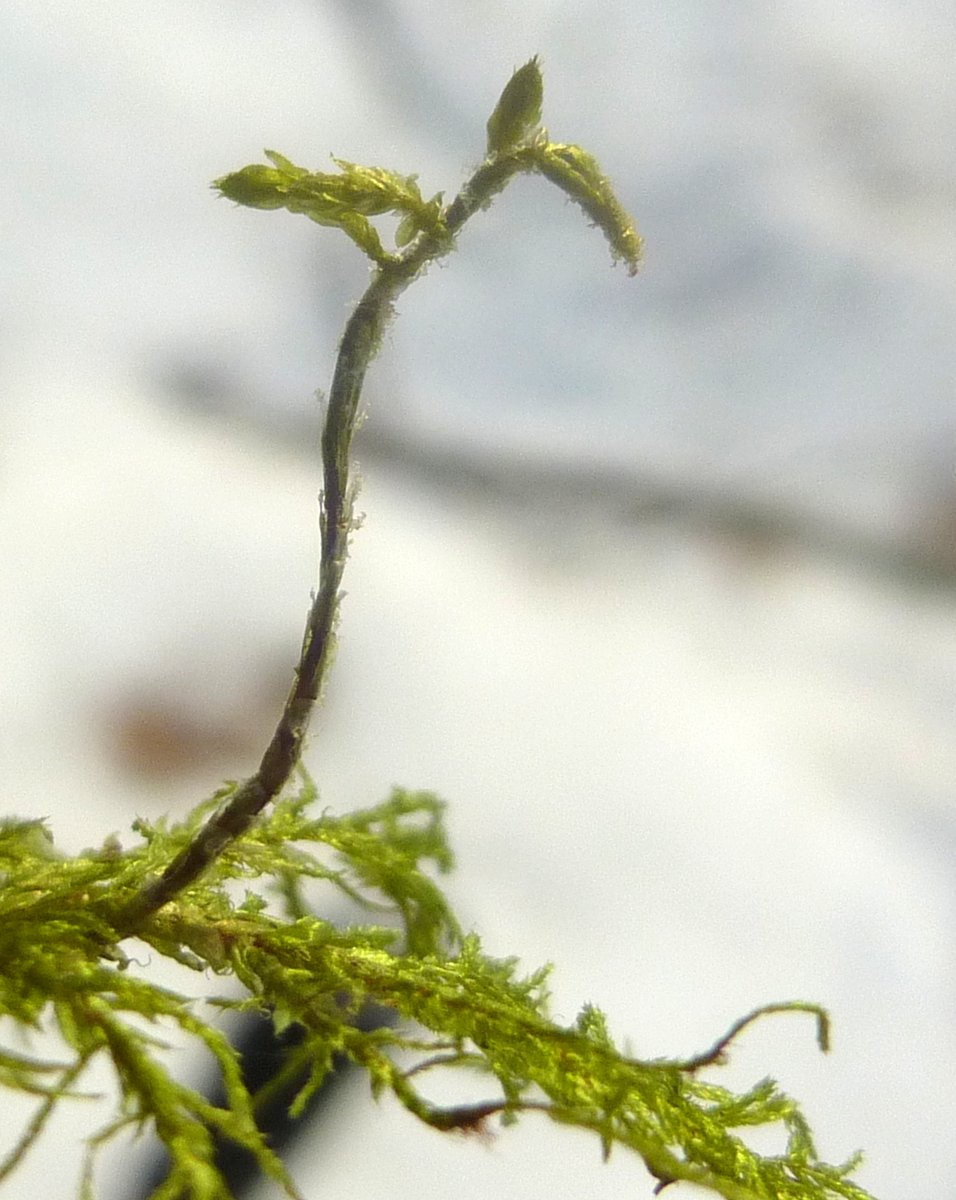
Last Saturday I woke up to not only the snow that fell on Friday but a temperature of 9 degrees F. That told me we wouldn’t be seeing any melting going on. By 11 am it was 22 degrees, but with the wind the feel-like temperature was more like 18 degrees, so I opted for a place where I knew I could be out of the wind. Beaver Brook and the abandoned road that follows it lie at the bottom of a natural canyon sheltered by hills on 3 sides, so there usually isn’t much wind there.

It was still cold though.

I have a friend in California who grew up here and is very fond of this place, so I like to come here at least once in each of the four seasons so he can see what it’s looking like. The place itself doesn’t change much but the weather sure does. I’ve seen waist deep snow on the old road.

There is a small cave here that I’ve always thought looked like a perfect spot for an animal den and sure enough I could see tracks in the snow that looked like they might have been bobcat tracks, but since we’d had a little more snow overnight it was hard to tell. The cave goes much further back into the hillside than what it looks like here.

Stair-step moss (Hylocomium splendens) is a pretty moss that I only find in this place. It’s very delicate looking but it can take a lot of winter ice and snow and grows as far north as the arctic tundra. It is also called glittering wood moss because it sparkles when the light is right. It grows on the stone that caps the cave and seems to like places where it can hang over an edge.

The seep hadn’t frozen, but it rarely does. When you see this frozen over you know it is extremely cold. Hydrologically speaking a seep is a wet place where water reaches the surface from an underground aquifer, and this one stays just like this winter and summer. I saw it freeze one winter but I’ve never seen it dry up. It’s a good place for birds and animals to come and drink.

Near the seep is a boulder fall, and on some of the stones in the boulder fall dog lichens grow. I hoped to see them on this day but they were covered by snow. The sky was a beautiful blue though, and that more than made up for their lack.

Also near the seep is a tree that I’ve been watching. It died at some point and has been sloughing off its bark for at least two years now. When you find a tree in the woods that is completely without bark, this is why. Sometimes you can even find a bunched-up pile of shed bark at a tree’s base. It is normal for live, healthy trees to lose some bark, but not like this.

A goldenrod held out its seeds for birds that didn’t seem interested. There seems to be a lot of that going on here. Many fruits and seeds are not being eaten like they were a few years ago.

I love to see the sunlight falling on golden birches. It shows how they come by their name. They are also called yellow birch (Betula alleghaniensis) but to me they’re golden. Swamp birch is another name for this tree that is the largest and most valuable birch. They can live to 100 years regularly but at least one was found that was over 200 years old.

I was lucky to find a fallen golden birch branch that had the female seed heads (strobili) attached. They are quite big on this birch; about the size of bush clover seed heads, or the tip of your thumb.

And here was a single fallen golden birch seed, which is about twice the size of the gray birch seed I showed in a recent post. I’ve read that redpolls, pine siskins, chickadees, and other songbirds eat these seeds. Ruffed grouse eat the seeds, catkins, and buds, and red squirrels like the seeds and sap.

Golden and paper birches both have bark that peels like this. As any camper knows, it’s great for starting a campfire. That’s because it contains betulin, which is highly flammable. It is also water repelling, and that’s probably why Native Americans used birch bark for their canoes.

There was lots of ice on the ledges. These ledges don’t see a lot of sunshine; I’d guess maybe two or three hours per day, so the ice grows slowly. It is clear and hard.

The sunshine that falls here in winter comes over the hillside to the right, out of this view. In winter it takes its time reaching the other hillside on the left, so much of the road is shaded. It can be a cold walk. The overhead electric wires just follow this handy corridor. There are no houses here.

I met and old timer up here once who told me that rock climbers used to practice on that erratic over on the other side of the brook. It is big; maybe twice the size of the 40-ton Tippin Rock in Swanzey.

I loved the way the reflected light fell on the water in this spot. So much beauty, everywhere you look.

In the place where the brook becomes wide and calm it had iced over. I’ve seen Beaver Brook with ice three or four feet thick on it, so thick that the brook lost its singing voice. I’m hoping I don’t see that this year.

The icicles hanging from the stones in the brook have large “feet” and I think that is because they grew in length as far as the water surface and then, once they couldn’t grow any longer, they grew wider instead. I’ve watched the ice in the Westmoreland deep cut and when it reaches the surface of the drainage channels it widens, just like this. If that is what is happening here then the water level has dropped about a foot since the icicles grew.

Ice hung from every stone. Anywhere water splashes is a good place to look for ice formations.

The seed pods of Indian pipe plants (Monotropa uniflora) look like small, carved wooden melons. This one had split to release the tiny, winged seeds. They split into five parts and each segment will eventually fall off, leaving the hard, dried central style behind. I had to take my gloves off to get this shot so it is a bit rushed. I wanted to show more of the top so we could see the funnel shaped hole in the stigma, but it was cold. The wiry looking bits are what is left of its ten dried stamens which, when the plant is flowering are inside the petals. You can see one of the dried petals behind the seed pod there in the lower right. It really is fascinating how much of the flower’s structure is still there in the dead plants. I always like to stop and take a closer look when I see them.

I stopped to look at the chubby purple buds of red elderberry (Sambucus racemosa). Buds with many bud scales that overlap like shingles are called imbricate buds. A gummy resin often fills the spaces between the scales and makes the bud waterproof. If ice should form inside the bud scales it could kill the bud. I’ve seen these buds in the past with purple and green stipes and they were beautiful. The colors reminded me of drawings of court jesters that I’ve seen. I can’t say why some buds are striped and others are not but I have a feeling that temperature might have something to do with it. Many plants like American wintergreen, turn purple in winter and I’ve noticed that the color is darker when it is cold.

As is often the case these days I didn’t dare to climb down the embankment to get a good view of the falls, but this shot from 2015 is a good representation of what I saw by peeking through the brush on this day. There was a good roar but I’ve seen even the falls covered by ice in the past, quieted by the cold.

As I was leaving, I noticed that the sun was higher in the sky and its light had reached the brook. There wasn’t much warmth but there was light. This shot also shows how treacherous climbing down to the water would be, and this spot would be much easier than at the falls. You’ve got to be careful up here because you’d wait quite a little while for any help to come and in this cold that wouldn’t be good.

The sunshine had also reached the icicles on the ledges but I’d be surprised if it had enough time to do any real melting. It won’t be long though. There is a little more daylight each day and it will be March before we know it.
In the winter, the world gets sharp. Beautiful things happen. ~Peter Fiore
Thanks for coming by.



















































































